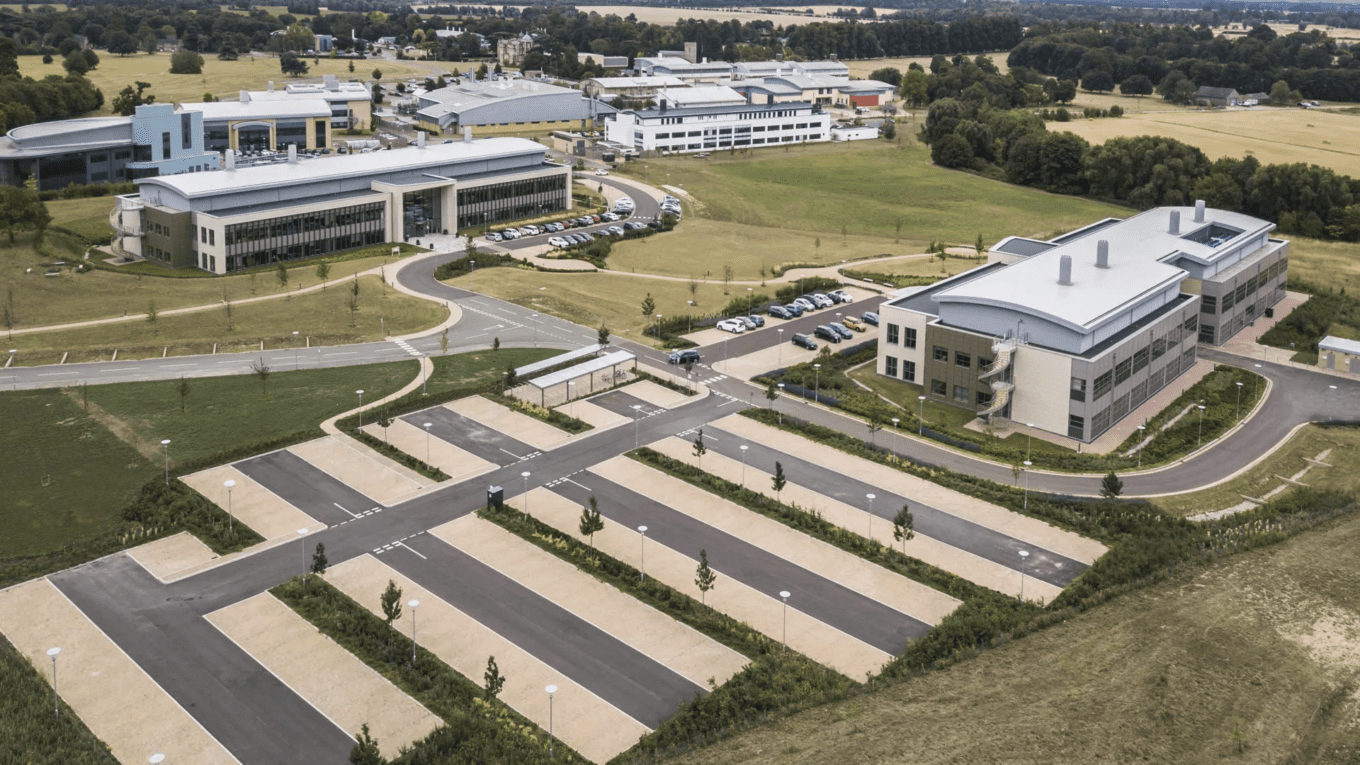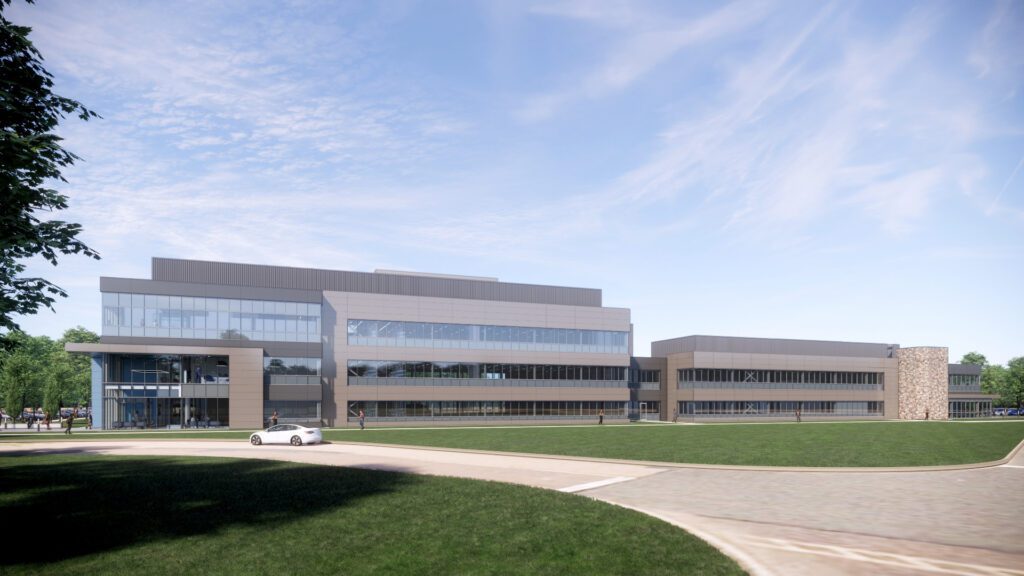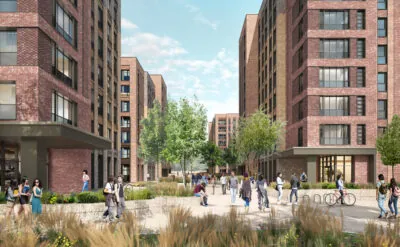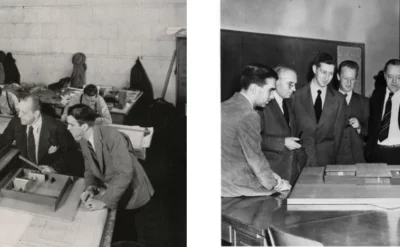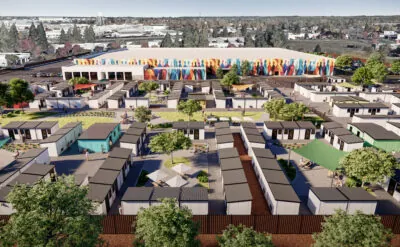Strong market fundamentals continue to fuel the Life Sciences sector. While growth has slowed compared to the peak during the pandemic, there are underlying drivers related to the aging population that will stimulate the sector over the long term. Globally, the proportion of adults aged 65 and older is growing at a faster rate than other age groups. The current population of 65 and older grew 27% since 2015 and is forecast to grow an additional 25% through 2030. As well, ground-breaking discoveries, clinical trials and strategic nearshoring serve as powerful catalysts for growth.
Life Sciences companies need to think strategically about commercially viable real estate opportunities to support their current and future operations. At the same time, building owners and developers need to collaborate on best use of new and existing spaces to enhance occupancy.
In this Insight Article, we provide our perspective on increasing capacity for Life Sciences companies through conversion, flex and spec spaces and uses. We examine key design considerations based on learnings from active and completed projects.
Design Considerations
So how do you determine a real estate footprint? There is data and trends in the industry to support options for conversions, flex spaces and hubs. Depending on your requirements, we look to core design considerations in every project to enable workflow processes, flexibility and future capacity. Considerations include:
- Location, local building codes and regional infrastructure
- Structural loading requirements
- Storing, handling and disposing of hazardous materials, including acid waste systems
- High-quality ventilation and smart HVAC systems with heat recovery options; support one or more future mechanical systems for multi-tenanted buildings to manage control zones
- Clearances and access for mechanical equipment
- Requirements for energy, power and water consumption
- Back up and emergency energy systems
- Construction type for anticipated uses for fire ratings and required control zones
- Clear heights, floor-to-floor height, column spacing and flexible floor plates
- Opportunities for natural light
- Separate delivery entrances, service elevators and capacity/weight restrictions
- Wide load dock and loading bays flexible to accommodate various scenarios
- Visual and general security systems
Building Conversions
For conversion or adaptive reuse projects, a deep understanding of the existing office or industrial structure is critical to a successful conversion. Not all buildings make good conversion projects for Life Sciences.
Converting existing office or industrial buildings for Life Sciences uses often requires adapting existing plumbing, electrical, mechanical and building systems – and in some cases, an entirely new building envelope. Not only do these enhancements improve the energy performance of the existing building, but they help to lower the operational carbon over time, therefore reducing the carbon footprint of the building.
A feasibility study is required to assess the economic, environmental, structural, engineering and market viability for a successful conversion. Consideration must also be given to the intended Life Sciences use that could range from research to biotech and medical devices to pharmaceutical manufacturing.
The data continues to point to spec conversion and adaptive reuse projects as a viable option for emerging companies to achieve speed to market and established companies trying to expand in a growing market.
Flex Lab Space
Flex lab spaces offer multiple benefits for both Life Sciences companies and building owners. The biggest advantage being speed to market for early growth companies. Flex labs are move-in ready for incubators or accelerators to get new ideas off the ground quickly and initiate new studies faster.
Keeping space flexible and transformable provides integrated opportunities using a degree of speculation to accommodate tenant adjustments including expansion within the space to capitalize future growth or change in basic research direction.
Considerations for integrated lab, research and office space encourages collaboration through a structured and robust infrastructure that accounts for both physical space, shared facilities or equipment and shared amenities. Designing spaces that accommodate same sector companies, with flexibility for graduation spaces, helps to expedite the outcome of a common goal. We have realized benefits from combining amenity spaces for employees and visitors to facilitate collaboration and socialization.
Life Sciences Hubs
There is a growing convergence of academics, institutions and industries, where formal partnerships are forming to advance Life Sciences research. The resulting effect is a significant growth in the design of clustered ground up developments, and redevelopments of existing campuses, located near universities, bringing together like-minded people with an underlying objective to cultivate an environment that stimulates effective knowledge exchange and commercialization.
Life Sciences hubs accommodate the growth of Life Science companies throughout their lifecycle from trials to manufacturing, all in the same location. Companies within a hub are positioned to become part of a wider community of fellow start-ups, scale-ups, potential partners and investors.
Designing Life Sciences hubs encompasses the full spectrum of stakeholder engagement, master planning and delivery of a series of complex R&D buildings. The buildings must meet highly technical criteria for multiple end users yet have optimum flexibility and adaptability for evolving requirements. A major consideration for commercial viability is to reduce operating costs while meeting the specific environmental requirements of the various labs.
Our ultimate goal is to help Life Sciences companies translate science and research into services and products that will deliver social and economic impact and address global healthcare challenges.
For project specific insight, start a conversation.
